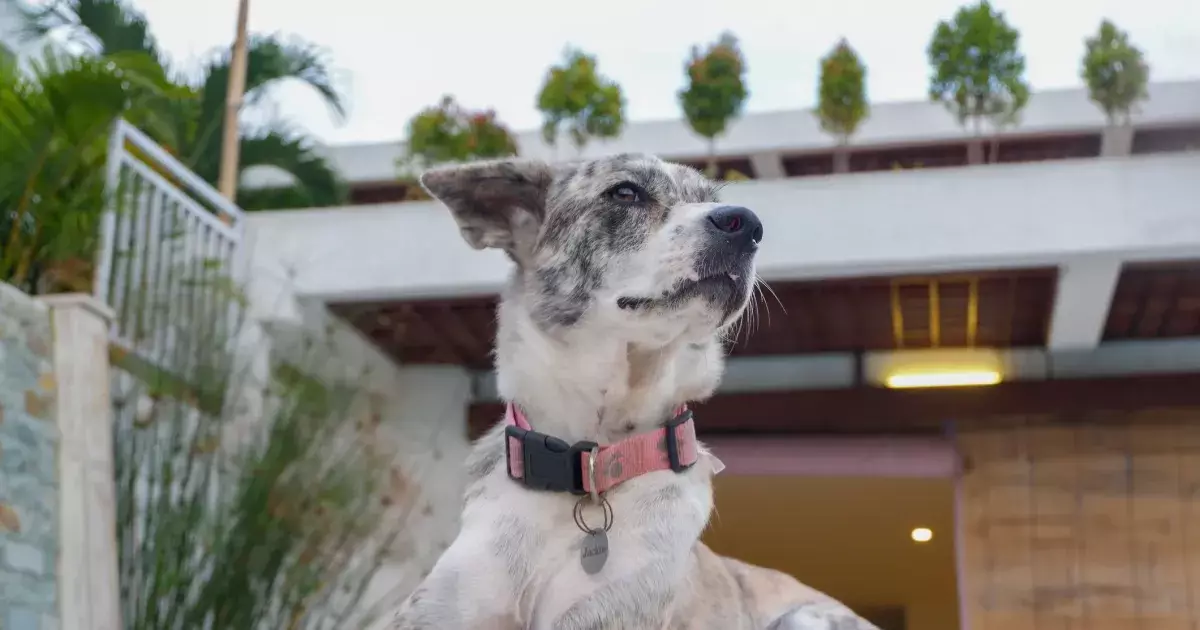Inheriting a dog can be both an emotional and logistical challenge. While providing a loving home to a furry friend left behind can be a fulfilling experience, it is crucial to handle this transition thoughtfully. This article outlines essential steps and considerations to ensure a smooth adjustment for both the new owner and the canine companion.
Understanding the Dog’s History and Needs
Before integrating a new canine family member into your home, it is vital to gather comprehensive information about their previous lifestyle. Whenever possible, consult with the previous owner or family members to gain insight into the dog’s daily routines and preferences. Pay particular attention to details such as feeding schedules, dietary restrictions, exercise routines, and behavioral quirks. This information can be invaluable as you strive to replicate familiar patterns that provide comfort and stability for your new pet.
Notably, every dog is unique, and understanding their temperament is pivotal. Is the dog energetic or more laid-back? Are there specific commands or tricks they respond to? Knowing these could prevent unnecessary stress during the transition period. Moreover, if the dog requires medication or has dietary preferences, make arrangements to ensure those needs continue to be met.
A safe and welcoming environment is essential for helping your new dog feel comfortable and secure. Before bringing your new companion home, take the time to dog-proof each room. Remove any hazardous materials, secure electrical cords, and ensure that any plants or household items that may be toxic to dogs are out of reach.
Set up essential items in advance, including food and water bowls, a comfortable bed, a leash, and a crate if necessary. Introducing these items before the dog arrives can help create a welcoming atmosphere. If you have other pets, take precautions to ensure a smooth introduction, such as arranging separate feeding areas and bedding spaces initially to minimize the chance of conflict.
One of the first steps following the transition is to schedule a full wellness check-up with the veterinarian. Transferring the dog’s medical records from the previous owner is crucial, as it provides valuable insight into their health history. During this visit, discuss any concerns regarding the dog’s health, behavior, and overall care. The veterinarian can perform a baseline health exam to ensure there are no hidden issues and provide guidance on the appropriate diet, exercise regimen, and any required vaccinations.
Fostering a relationship with a trusted vet is imperative for ongoing health management. This ensures that you are equipped to handle any future health issues that arise.
Building a Strong Bond
After ensuring that the environment is set up and health concerns are addressed, the next significant step is establishing a bond with your new canine companion. This should be approached gradually, with an emphasis on creating positive interactions. Begin with calm, gentle interactions, allowing the dog to acclimate to your presence.
Observing your new pet’s body language and behaviors can provide valuable insights into their comfort level. Engage in activities that encourage trust, such as taking leisurely walks, playing their favorite games, or simply sitting together in a quiet space. Positive reinforcement is fundamental during this time; rewarding good behavior with treats, praise, or playtime fosters an encouraging atmosphere.
Integrating the Dog into Your Household
As you work on building a connection, it is essential to consider other pets and family members in your household. Introduce the new dog to existing pets in a controlled manner, utilizing baby gates or crates initially to allow for safe, observation-based interactions. Gradually allow them to sniff each other’s scents by swapping toys or bedding prior to face-to-face meetings. Supervise initial encounters closely to ensure the safety and comfort of all involved.
For human introductions, gradually acclimatize your new dog to family members and friends over time, allowing them space to become familiar with new faces at their own pace.
Adjusting Routines and Practices
Once initial introductions and bonding sessions have taken place, consider any necessary adjustments to routines or practices. While it may be tempting to impose fresh habits right away, patience is vital during this transitional period. Slowly switch to any new food, exercise schedules, or training methods, communicating consistently with your dog about what is expected from them.
Taking small, positive steps minimizes stress for the dog and encourages them to adapt successfully to their new living situation.
Inheriting a dog from a loved one is a significant responsibility that can bring joy as well as challenges. By being attentive to the dog’s previous experiences, creating a safe environment, ensuring proper health care, fostering a bonding process, and facilitating gradual integration, you set the stage for a happy and rewarding relationship. With time and care, your new canine friend can become a cherished member of your family, providing endless companionship and unconditional love. Ultimately, while the journey may require effort, the rewards of offering a loving forever home to a dog in need are immeasurable.


Leave a Reply